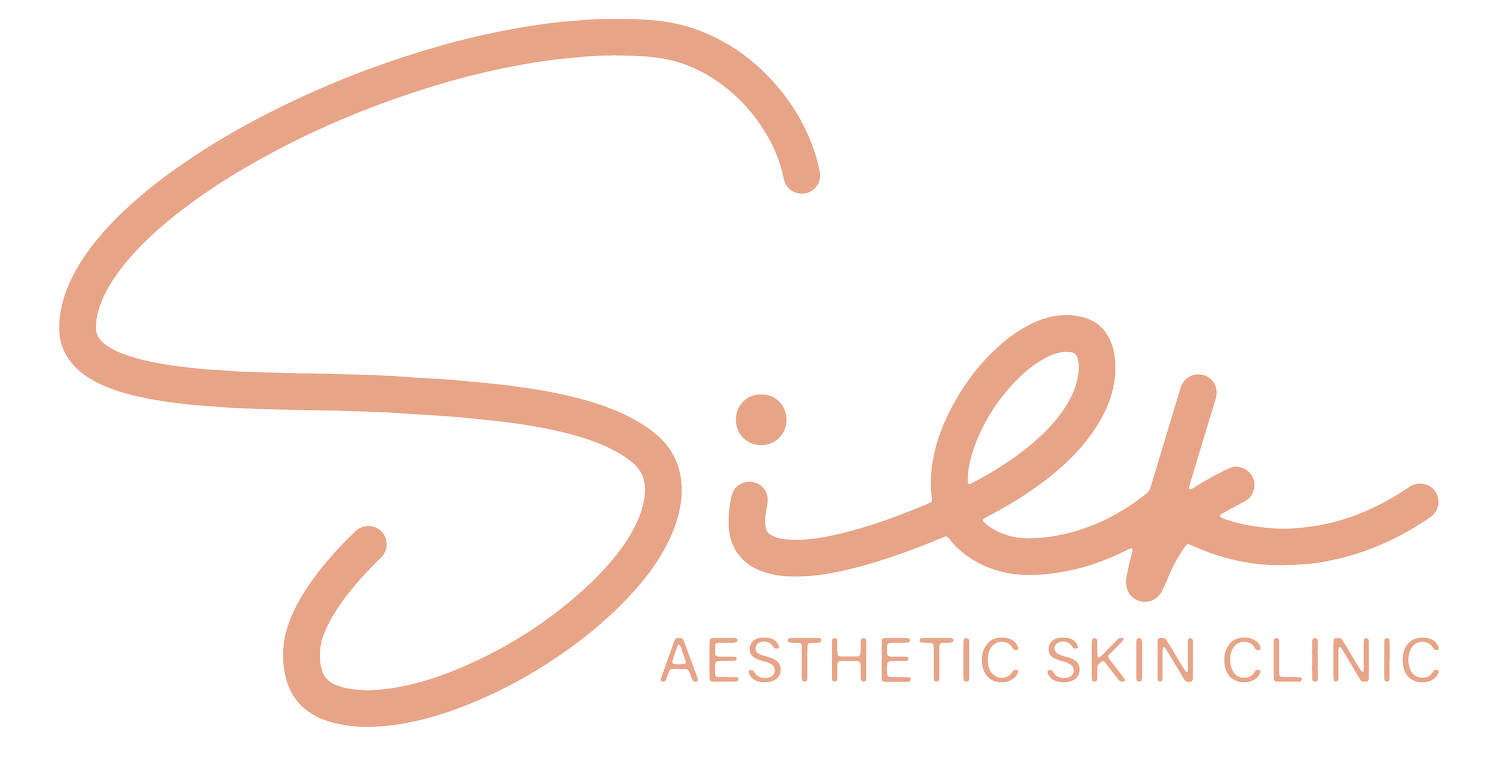PLATELET-RICH PLASMA TREATMENT: WHAT YOU NEED TO KNOW
Platelet-rich plasma (PRP) treatment is a medical procedure that uses a concentrated solution of a patient's own platelets to promote healing and regeneration in various tissues. Here's a breakdown of the process and its applications:
The PRP Process:
Blood Collection: A small amount of blood is drawn from the patient.
Centrifugation: The blood is placed in a centrifuge, which spins it at high speed to separate its components. The goal is to concentrate the platelets, which are crucial for healing.
Platelet-Rich Plasma Extraction: The plasma portion, now rich in platelets, is separated and collected.
Injection: The PRP is injected into the area requiring treatment, such as injured tendons, ligaments, muscles, joints, or even the skin.
Mechanism of Action:
Platelets are a component of blood that plays a key role in clotting and healing. They contain growth factors that can stimulate tissue repair and regeneration. By injecting a concentrated solution of platelets into a damaged area, PRP aims to enhance the body's natural healing process.
Common Uses of PRP Treatment:
Orthopedics: To treat injuries like tendonitis, ligament sprains, muscle strains, and osteoarthritis. It is particularly popular in sports medicine.
Aesthetics and Dermatology: For skin rejuvenation, reducing wrinkles, improving skin texture, and treating scars. The "vampire facial" is a well-known aesthetic application.
Hair Restoration: To stimulate hair growth in individuals with thinning hair or certain types of hair loss.
Dental and Oral Surgery: To promote healing after procedures like tooth extractions or implant placements.
Benefits:
Autologous Treatment: Since PRP uses the patient's own blood, the risk of allergic reactions or rejection is minimal.
Minimally Invasive: It involves injections rather than surgery, reducing recovery time and associated risks.
Natural Healing: Enhances the body's natural ability to heal itself.
Considerations:
Variable Results: Effectiveness can vary based on the condition being treated, the severity of the injury, and individual patient factors.
Limited Insurance Coverage: Many insurance companies consider PRP experimental and may not cover the cost.
Side Effects: Generally minimal but can include pain at the injection site, infection, or bleeding.
PRP treatment is gaining popularity due to its potential to accelerate healing and its use in a wide range of medical and cosmetic applications. However, it's important to consult with a qualified healthcare provider to determine if PRP is appropriate for your specific condition.

